InfoYou cannot connect to Windows machines via SSH. But you can connect to them via RDP protocol or from the console in the Customer Portal. Linux machines can be accessed via SSH or from the Customer Portal.
Connect with SSH keys
To connect to a Bare Metal, create a public key that will be stored on your machine and a private key that will be placed on your local storage.Generate a key (Windows 7/8)
! SSH key generation using the command line interface (cmd) is not available for Windows 7/8 operating systems. 1. To generate key pairs, use PuTTY and PuTTYgen. 2. Download and install the PuTTY package. 3. Launch the PuTTYgen app. 4. In the Type of key to generate field, specify the RSA. 5. And for the Number of bits in a generated key field, set the value to 2048. 6. Click Generate.
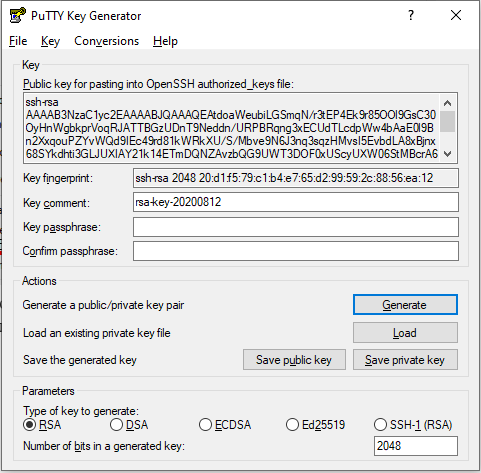
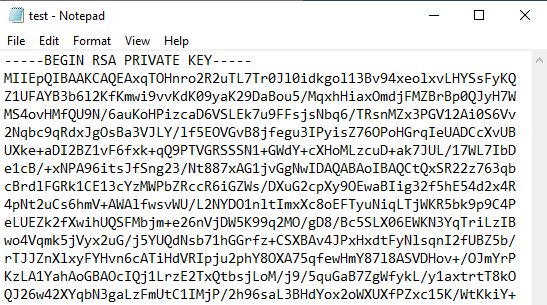
Generate a key (Windows 10, Linux OS, macOS)
1. To generate keys on Linux/macOS/Windows 10: 2. Open the console, terminal (macOS), or command line (cmd.exe for Windows OS). 3. Run the command: ssh-keygen -t rsa -b 2048 4. Enter the key name in the Enter file in which the key should be saved field. Attention! If you do not specify a directory (for example, .ssh/), the keys are saved in~. / (for Linux/macOS) or in C:\Users\ (for Windows 10). 5. Press Enter. 6. Then enter the password for the key or leave the field empty and press Enter if you want to create a key without a password. 7. Confirm the password or leave the field empty and press Enter to save the key without a password. 8. The key was created in the default directory or in the one you specified.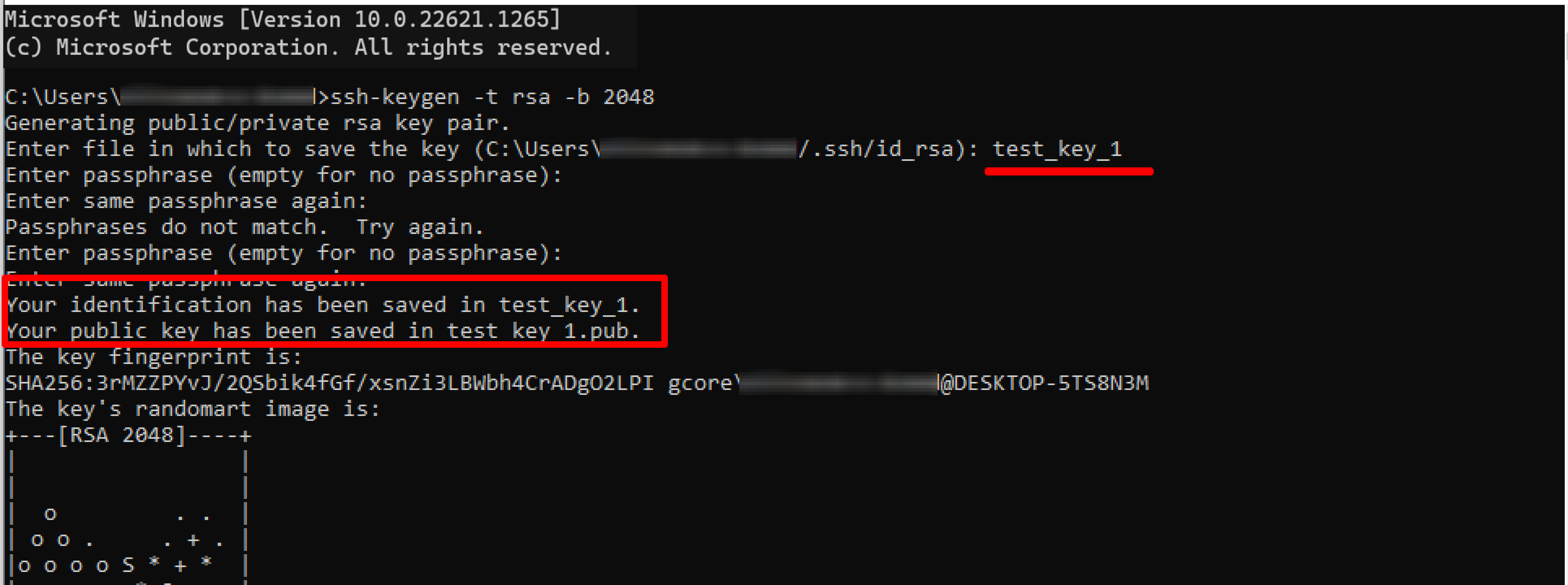
Generate a key in the personal account
To create an SSH key from your personal account, follow the steps below. 1. In the Gcore Customer Portal, go to SSH Keys. 2. Click Autogenerate SSH key.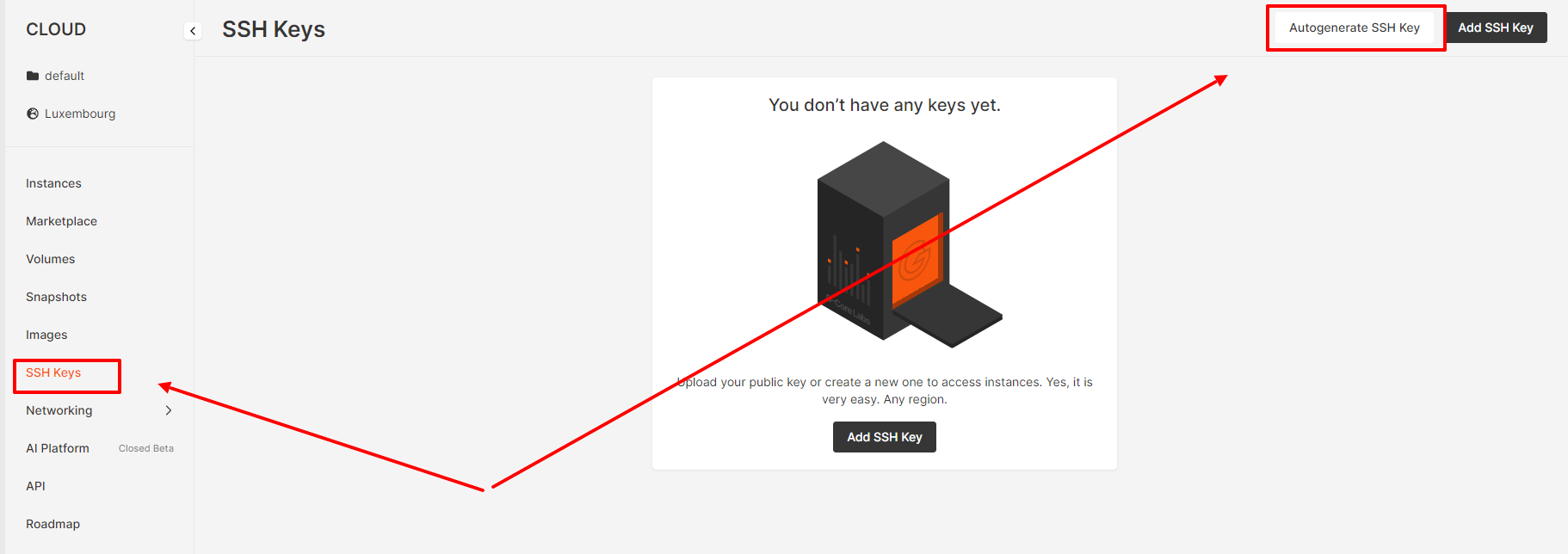
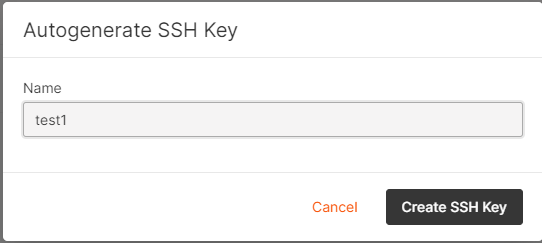
Add a key to your account
To add an already created SSH key to your personal account: 1. In the Gcore Customer Portal, go to SSH Keys. 2. Click Add SSH key.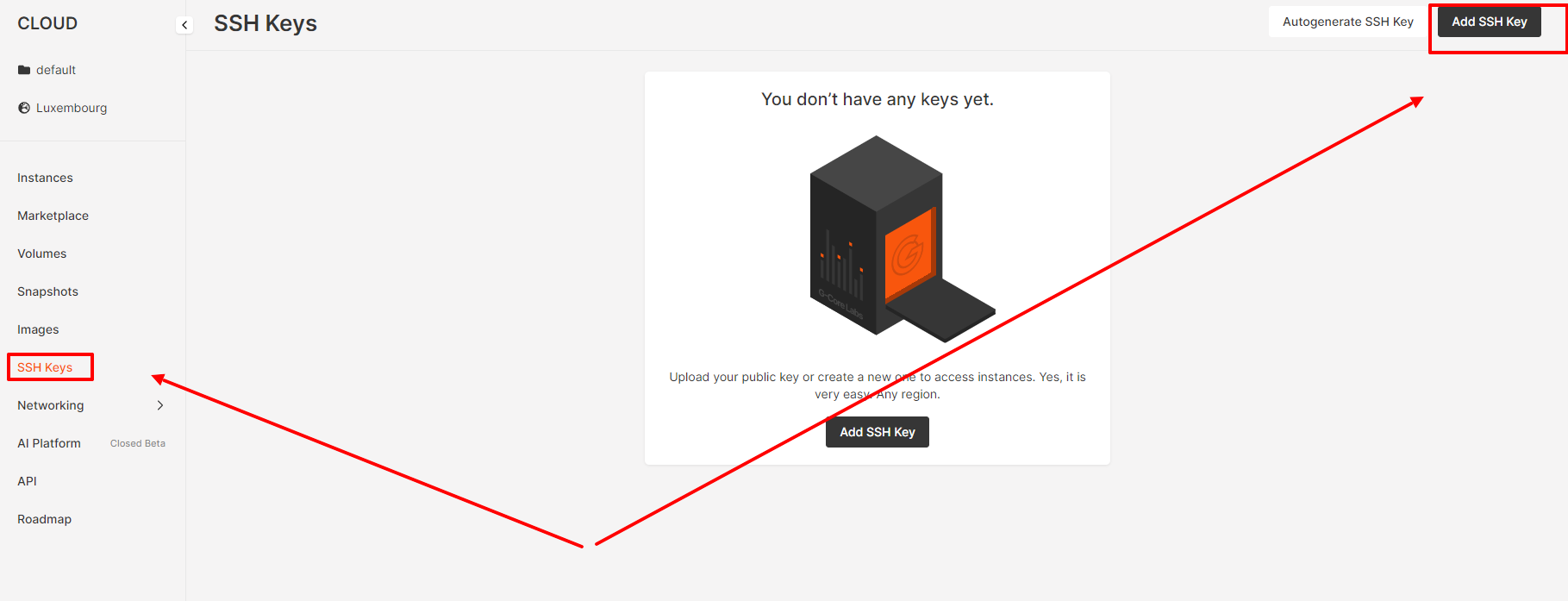
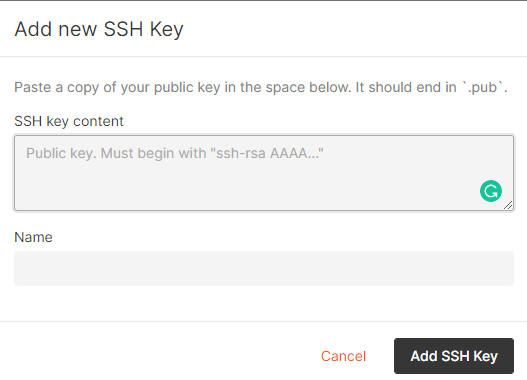
Delete a key
1. Select the SSH key you want to delete. 2. Click on the three-point sign. 3. Select Delete.
Generate a key when creating a Bare Metal
In your personal account, you can create and add an SSH key when creating a Virtual Machine or Bare Metal server. When creating a machine, in the SSH key section, you will be asked to add a key that is already stored in your personal account by selecting it from the drop-down list, add an already generated key stored in your local storage, or generate a new key here.

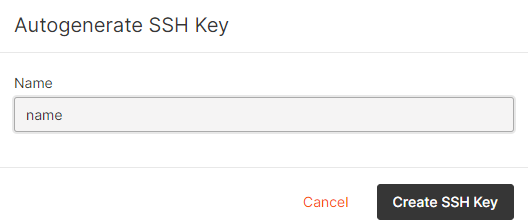
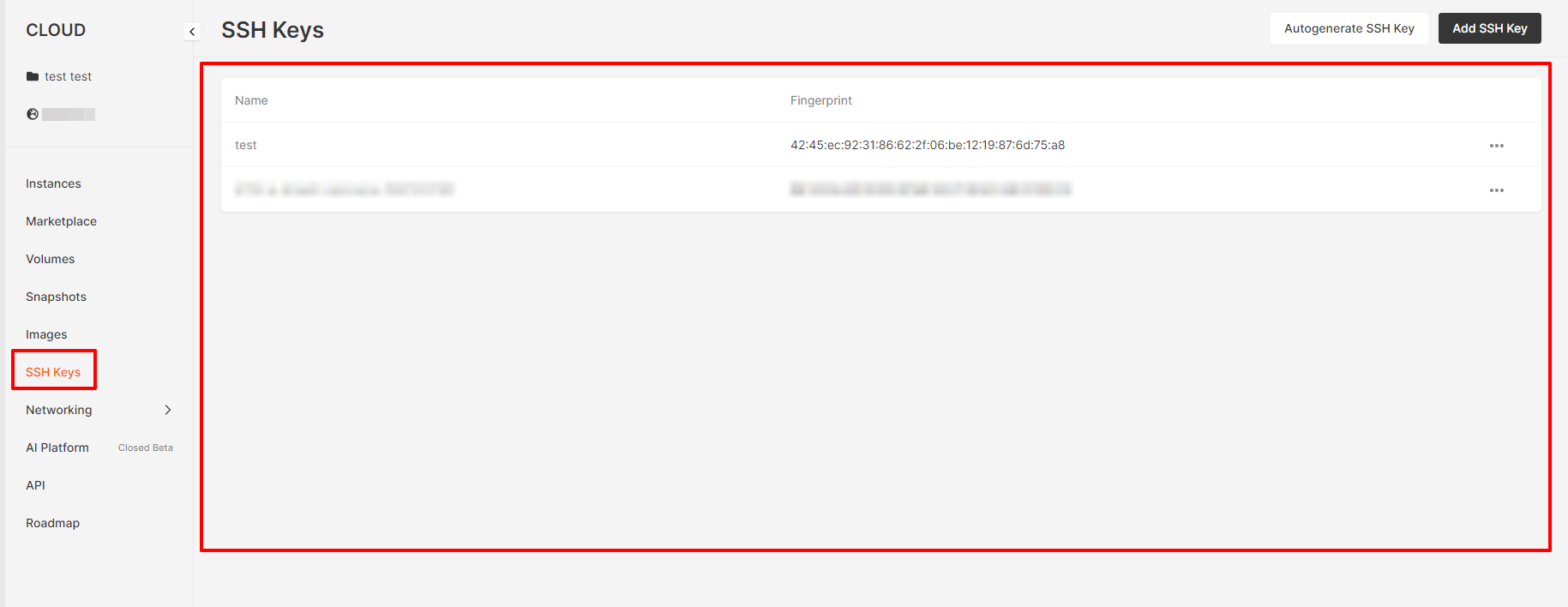
Connect with a password
To connect using a password, configure it while creating a Bare Metal. In Additional options, click on “User data”. This will open a field, where you can enter the script that will be processed by acloud-init agent running on your machine.
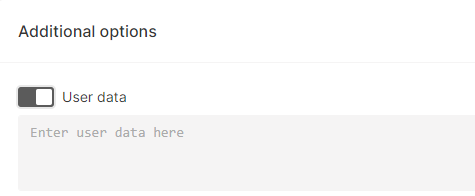
Connect via SSH
Connect from Windows 7/8
Connecting to a Virtual Machine or Bre Metal over SSH using the command line (cmd) is not available on Windows 7/8 operating systems. To connect, use the PuTTY app. 1. Download and run the PuTTY app. 2. Go to the Session section, in the Host Name (or IP address) field enter the machine’s IP address.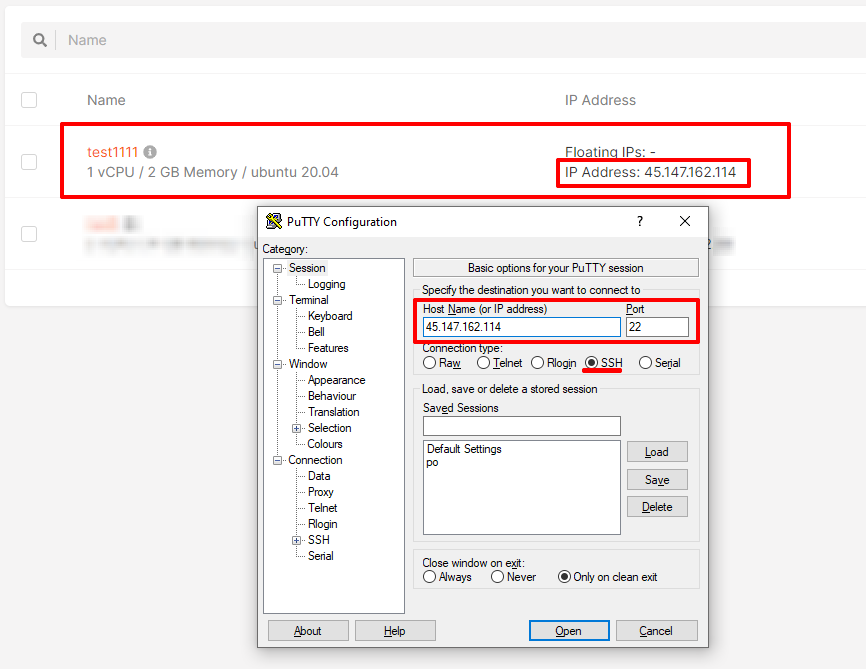

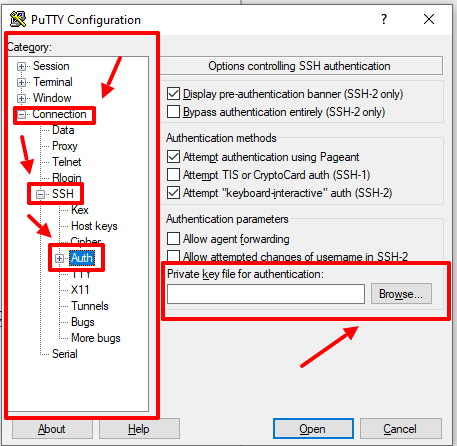

Connect from Windows 10, Linux OS, macOS
Please note: If you use Linux OS or macOS, go to step 7. Windows 10 has a built-in OpenSSH client that allows you to access the server via the console, like on Linux OS. By default, this component is not activated. Follow the steps below to activate it. 1. Open Settings.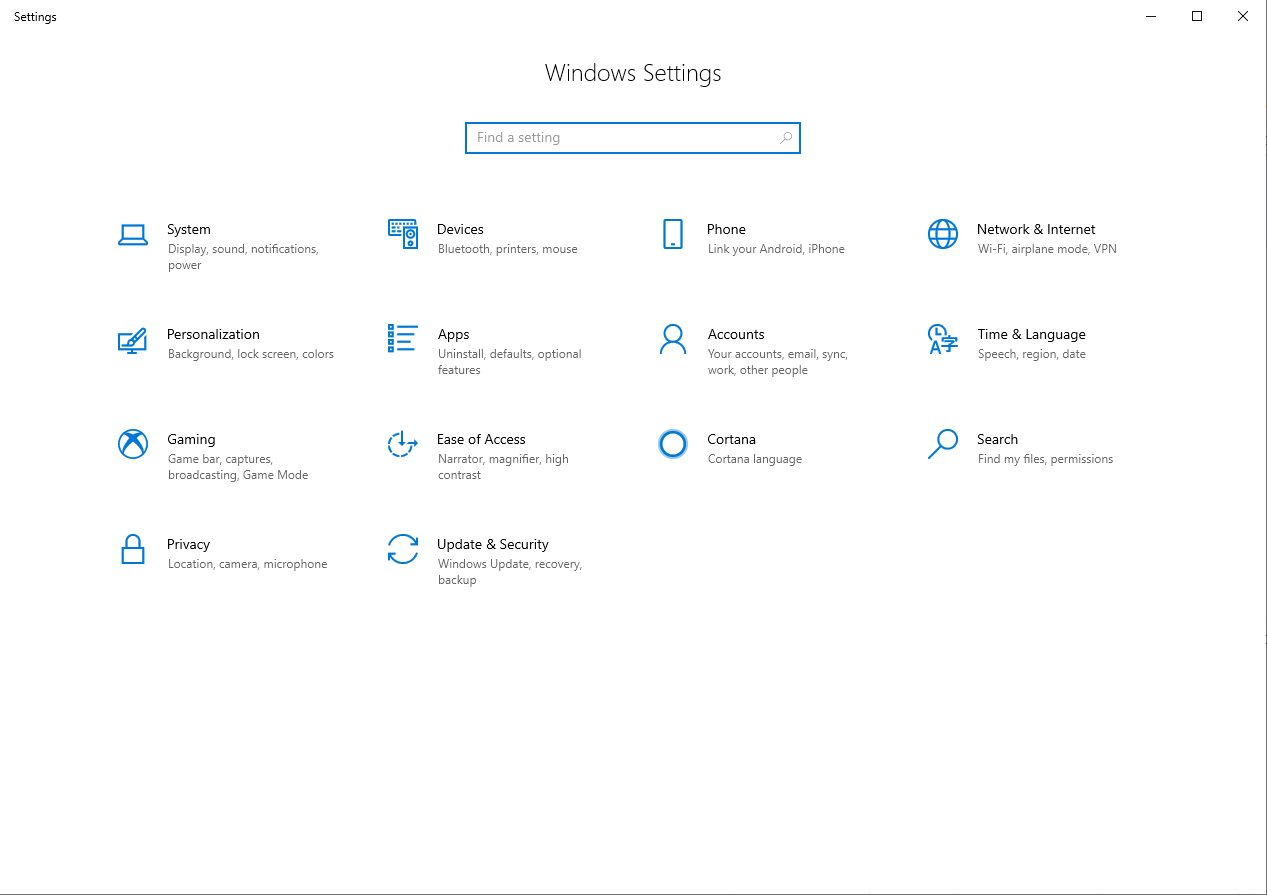


ssh [email protected]
If you want to connect using a pair of SHH keys, enter the command:
ssh [email protected] -i "C:\\Users\\username\\.ssh\\id_rsa
Replace “username” with your username, which can be found on the the right-hand side of the “Access to Console” button. Additionally, replace “192.168.1.92 with the IP address of your Bare Metal, and replace “C:\Users\username\.ssh\id_rsa” with the path to your private key file in PEM format on your computer.Important! If you created a Bare Metal with only a private interface, create a floating IP address and use it when connecting to the Bare Metal over ssh. 7. The utility will warn you that you’re trying to connect to an unknown device and ask if you want to continue. Type “yes” and press Enter.
